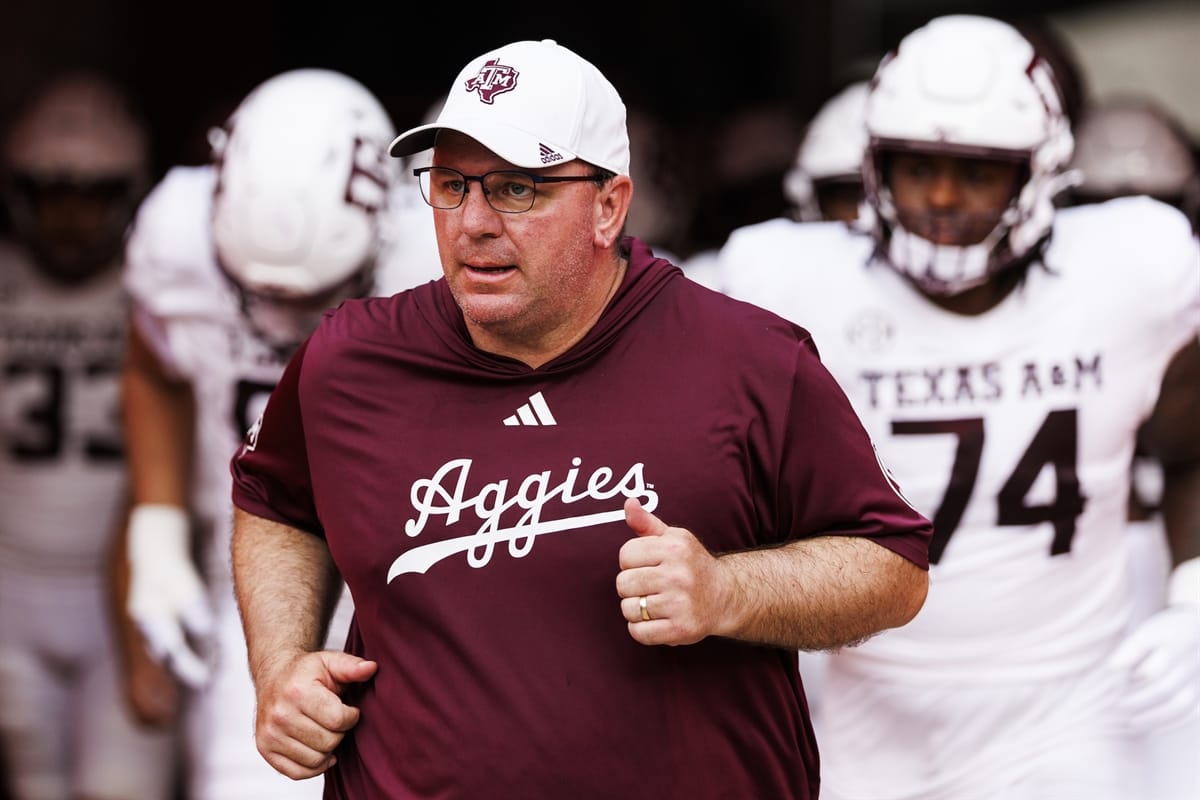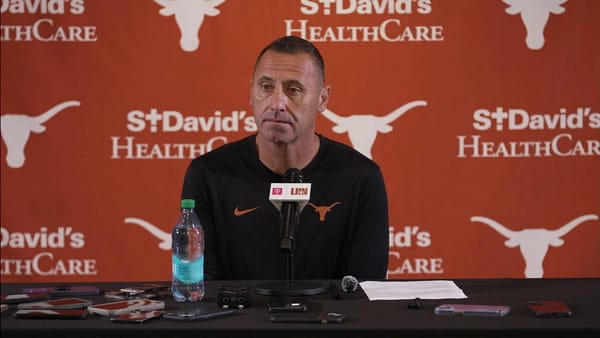Texas A&M locks in Elko with six-year extension
The Aggies sit at 9-0 this year, ranked No. 3 in the College Football Playoff race.

The Mike Elko era in Aggieland just took a big leap forward. The Texas A&M Aggies and Elko have finalized a six-year contract extension that will run from 2026 through 2031 and is expected to place him among the top-five highest-paid coaches in college football.
Elko, 48, arrived in College Station after two seasons with the Duke Blue Devils, where he was ACC Coach of the Year in 2022, and four years as A&M’s defensive coordinator under Jimbo Fisher.
His tenure at A&M is now 17-5 through two seasons — and the Aggies sit at 9-0 this year, ranked No. 3 in the College Football Playoff race.
For a program that has not had a 10-win season since 2012 (and not started 10-0 since 1992) this level of momentum hasn’t gone unnoticed.
With an average value of more than $11 million per season, A&M is signaling major confidence in Elko and investing in stability and continuity in an increasingly high-stakes coaching marketplace.
Stability at the top is more than just a financial commitment — it’s a message to recruits, transfers and the college football world that the Aggies believe they’re in position for sustained success. The extension also insulates the program from the kind of disruption that has derailed other elite programs when hot coaches head elsewhere.
With the extension locked in, attention now pivots to translating the current momentum into tangible success: a conference title, playoff appearances, and national relevance. Recruiting battles in the SEC and beyond are only getting more ferocious, and the guarantee of Elko’s long-term presence gives A&M a competitive edge in those conversations.
At the same time, expectations rise. The Aggie faithful and the administration have given Elko the runway — now they’ll expect the results.
In the end, this extension frames Elko as the cornerstone of A&M’s football future. If the next few seasons align with the promise of the past two, this deal could be viewed as the moment the program turned the corner.





